The Steeltown Murders true story is every bit as devastating as the BBC drama, but who is Joseph Kappen and where is he now?
The Steeltown Murders true story inspired the BBC drama's tale of the almost 30 year quest to identify Wales' first known serial killer
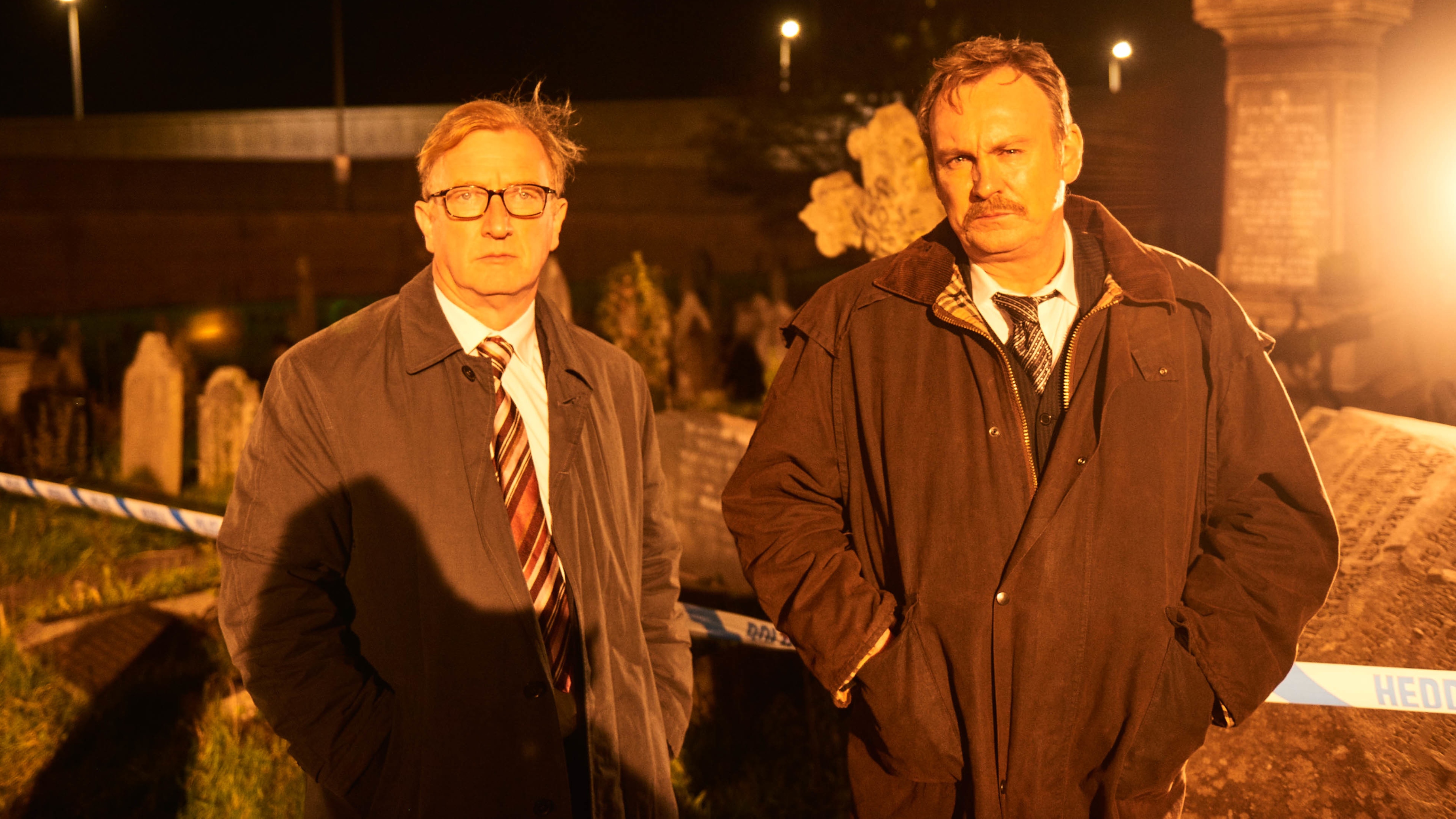

The Steeltown Murders true story is just as heart-wrenching as the BBC drama suggests as the show explores the journey to bring a serial killer to justice.
Led by Sherwood’s Robert Glenister and Gavin & Stacey star Steffan Rhodri as DCI Paul Bethell and DC Phil ‘Bach’ Rees, Steeltown Murders follows in the footsteps of other recent true crime dramas. The four-part series is set in South Wales and takes viewers back in time to 1973 when three teenage girls were tragically killed in the Swansea area and the 2000s when the murderer was finally identified thanks to DNA testing. Written by Ed Whitmore who also worked on Manhunt and Manhunt: The Night Stalker, Steeltown Murders poignantly dramatizes this chilling real case and the police’s quest to achieve justice for the girls’ families.
Here we explain the Steeltown Murders true story, including who the killer was discovered to be and where Joseph Kappen is now.
*Warning: Spoilers for Steeltown Murders ahead*
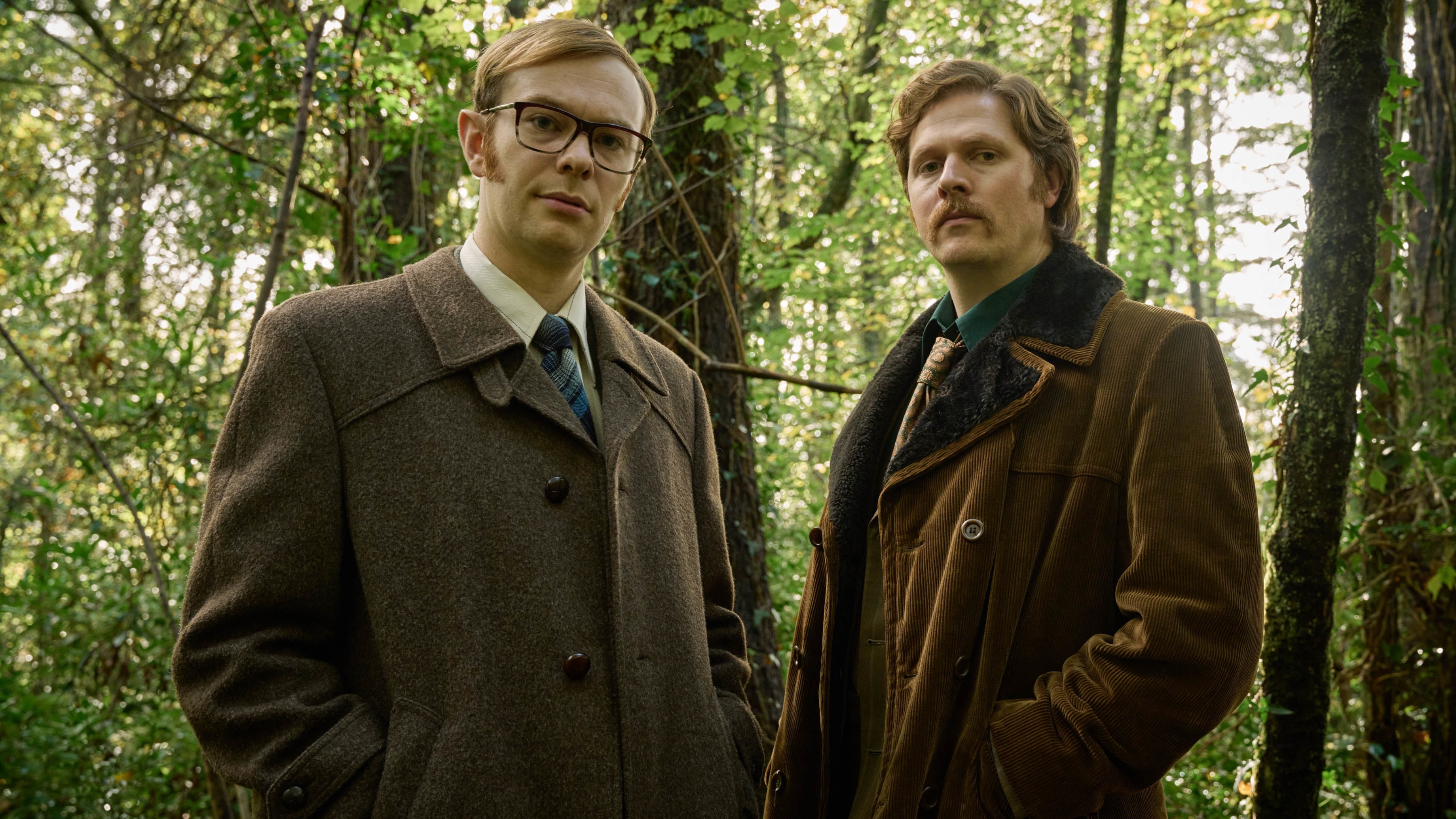
Steeltown Murders true story explained and who was the killer?
Just like the Love & Death true story and the chilling events that inspired The Nurse on Netflix, it’s incredibly difficult to comprehend the horrific nature of the Steeltown Murders true story. Whilst show viewers might be wondering who the Steeltown killer was, the term used at the time was the “Saturday Night Strangler”. He was the serial killer responsible for the murders of three 16-year-old girls in and around Swansea, South Wales in 1973. That July sixteen-year-old Sandra Newton went out partying only to never return home safely, marking the start of the “Saturday Night Strangler's reign of terror.
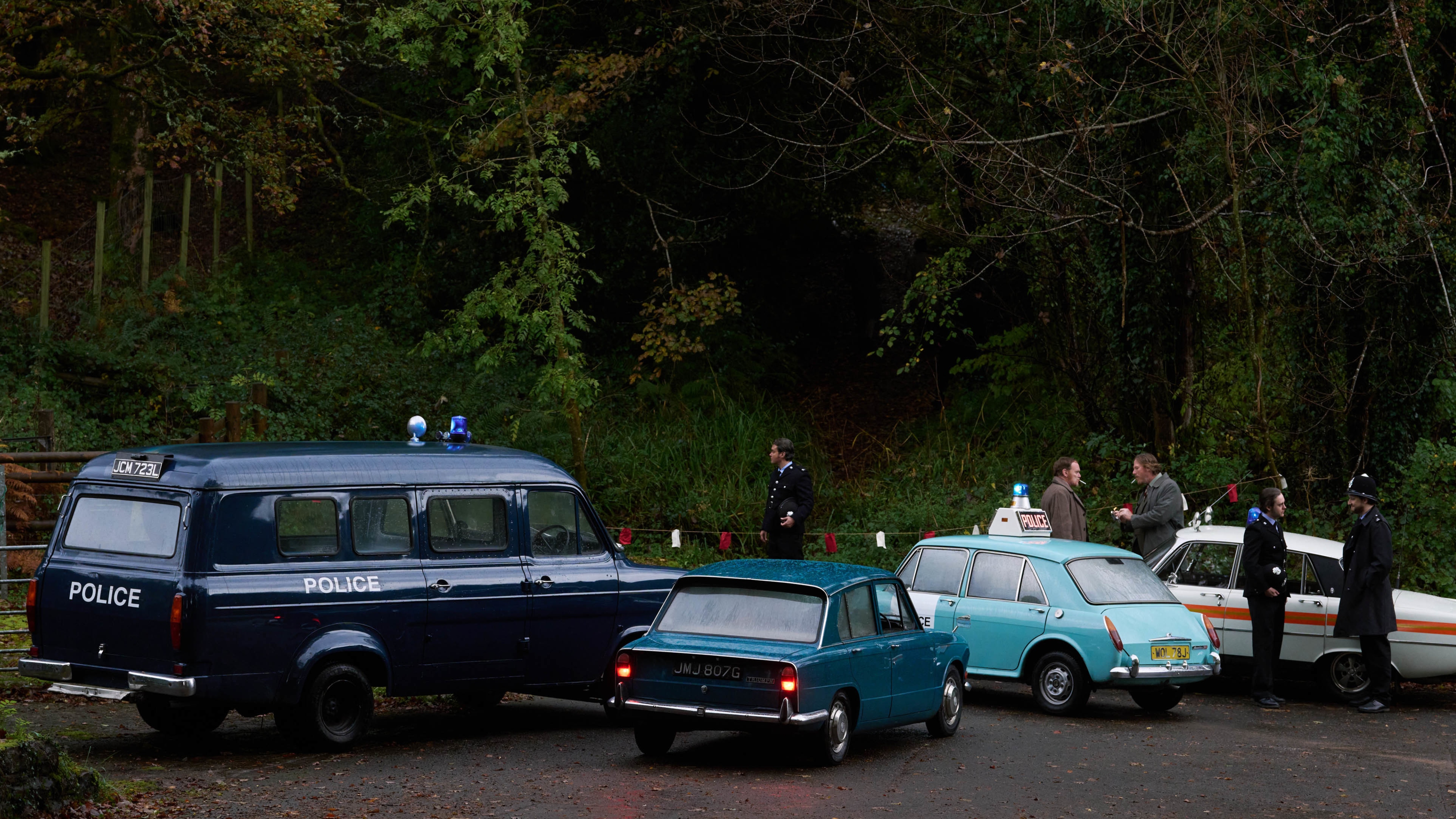
According to the BBC, Sandra had been out with her boyfriend that July when she mysteriously disappeared around one in the morning during her five-mile walk home. Police suspected that she’d attempted to hitchhike back and Sandra's body was discovered two days later. She had been strangled with her skirt and hit over the head, signaling to law enforcement exactly the kind of brutal killer they were trying to apprehend.
Then, just two months after Sandra’s death, two teenagers were found dead in woodland in Llandarcy after a night out in Swansea. Pauline Floyd and Geraldine Hughes were also believed to have hitchhiked home and they were also beaten and strangled, as well as sexually assaulted. The quest to achieve justice for Sandra, Pauline and Geraldine and prevent the killer from striking again is considered one of Wales’ biggest murder hunts.
Sign up for the woman&home newsletter
Sign up to our free daily email for the latest royal and entertainment news, interesting opinion, expert advice on styling and beauty trends, and no-nonsense guides to the health and wellness questions you want answered.
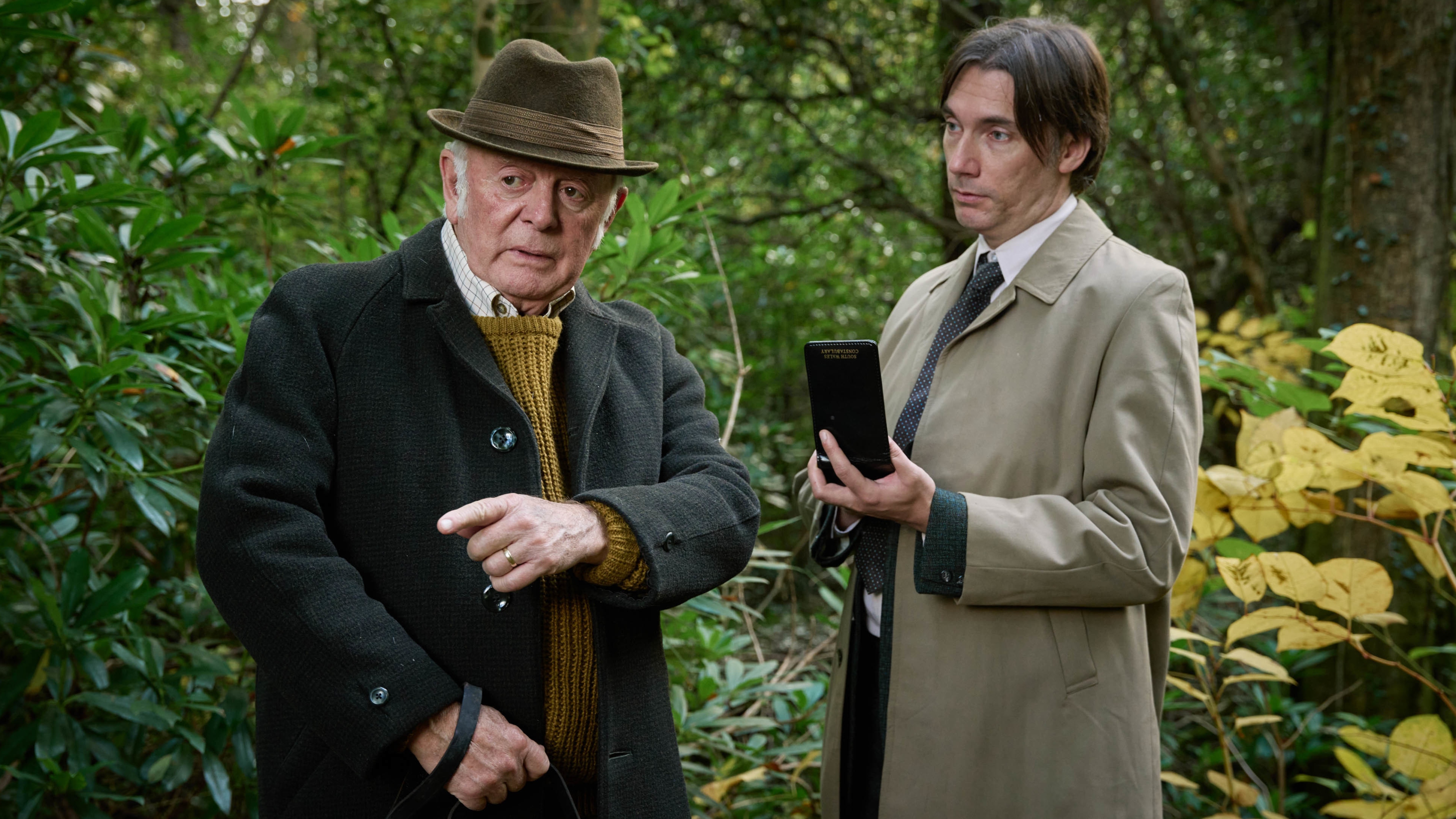
One key witness managed to remember the model of car the teenagers got into as they left Swansea - a Morris 1100. It’s also understood that around 150 police officers interviewed around 35,000 people who in any way resembled the description of the man that Geraldine and Pauline were last seen with. Unfortunately given that the identifying features were that he was between 30-35, had a mustache and bushy hair, there wasn’t too much to go on.
With no arrests, the local communities in the Swansea area grieved Sandra, Geraldine and Pauline’s losses and there was an atmosphere of fear that the person responsible was still out there. At the time the police continued to investigate Sandra’s murder and the murders of Geraldine and Pauline separately.

Although they did apparently consider the possibility that the killer was the same person in all three cases, Sandra’s boyfriend was the prime suspect in her death. He had been the last person to see Sandra (that police were aware of) but he consistently protested his innocence and was never formally charged.
After almost three decades of no answers, the “Saturday Night Strangler” was finally identified in the 2000s thanks to DNA, rather like how the Code of a Killer murderer was found through extensive profiling. The South Wales police discovered that the semen stains found on Geraldine and Pauline’s clothing were proved to have come from the same man.
The only problem was that this man wasn’t on the DNA database. Later on a new inquiry found that DNA from the same unknown male was found on Sandra Newton’s underwear, conclusively linking her murder to the other teenagers’.
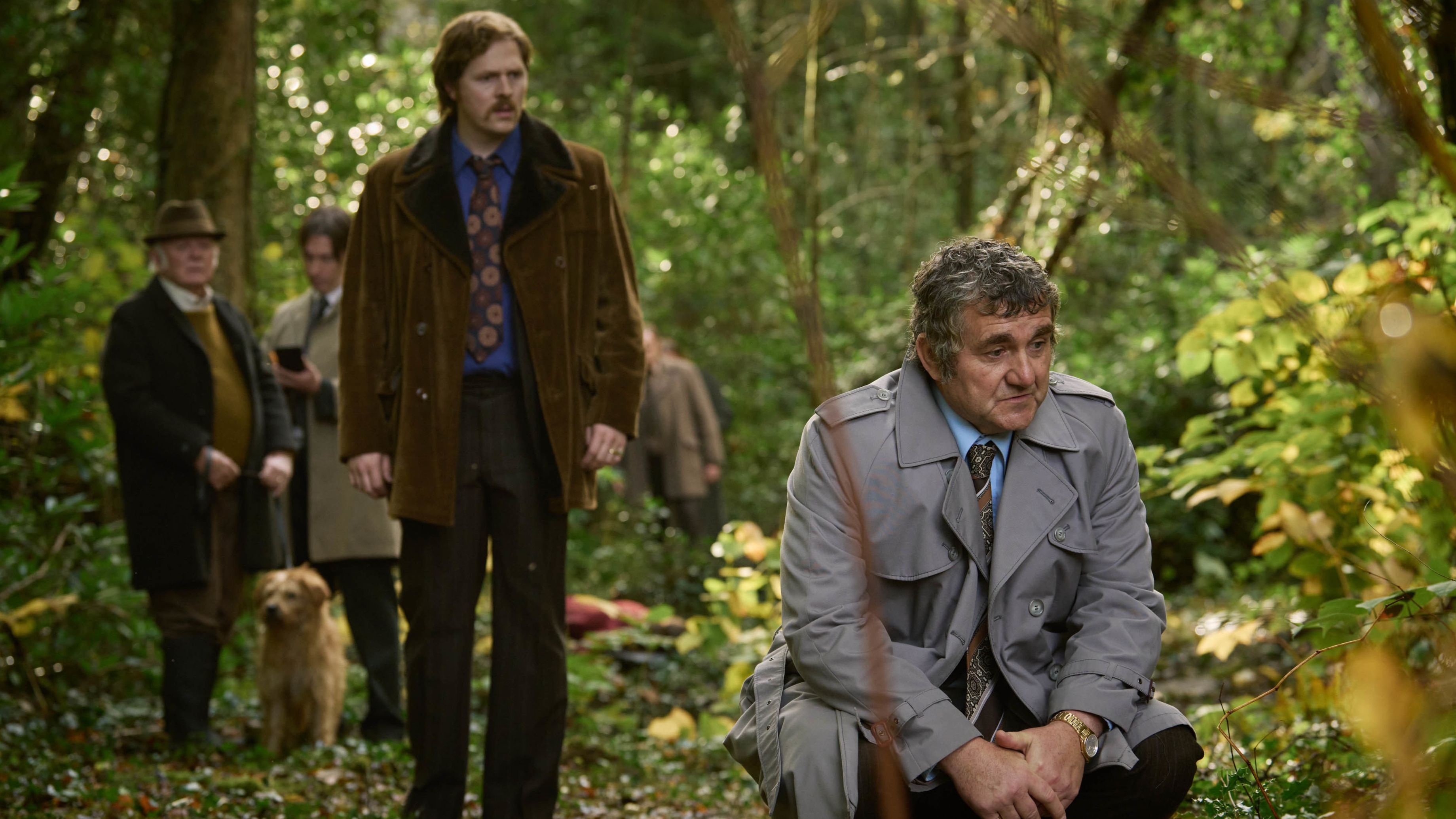
Trying to find a way to identify the killer, police tested the DNA profile against that of thousands of DNA profiles of men in the area in the hope that at the very least they’d uncover a match to a relative of his and be able to trace him that way. After finding around 100 half matches, they cross-referenced the names with a list of suspects that had been reduced after considering whether they had a Morris 1100 car or previous convictions.
After this, they finally came up with a possible surname for the “Saturday Night Strangler”. Car thief Paul Kappen had his DNA on the databases but given he was only seven when the murders were committed, police suspected that his father Joseph could be the criminal they’d spent almost 30 years looking for.
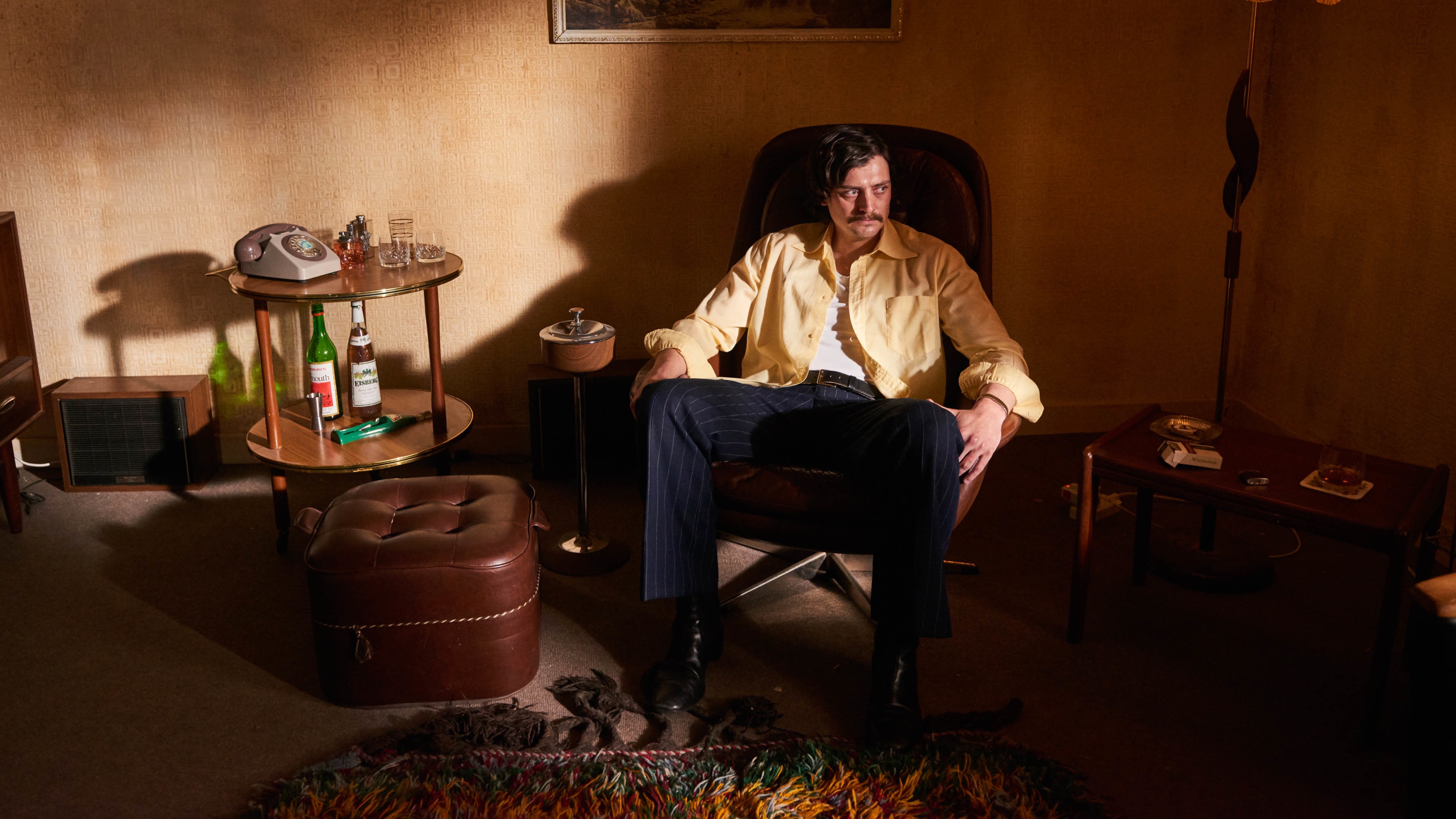
Joseph even had a light-toned Morris 1100 and resembled the description of the person they were looking for, although he was questioned at the time and he'd had an alibi. With Joseph ‘Joe’ Kappen fixed firmly in their sights, the police set out to obtain a DNA sample from him to finally bring closure to Sandra, Geraldine and Pauline’s families.
Where is Joseph Kappen now?
Determined to prove once and for all whether Joseph Kappen was definitely the “Saturday Night Strangler”, police faced a serious obstacle in their investigation in 2001. They were unable to obtain a DNA sample from Kappen because he had died of lung cancer in 1990. They reportedly requested samples from Kappen’s former wife and daughter and although these helped build up part of his profile, they had to be 100% sure. They needed a full DNA sample and asked the then-Home Secretary Lord Blunkett’s approval for permission to exhume Kappen’s body.

He granted this and as per the BBC this marked the first time ever that a suspect would be exhumed in the UK in order for guilt in a crime to be proven. At midnight in May 2002, the exhumation went ahead and after Kappen’s DNA was examined in Swansea, it was determined without any doubt that Joseph Kappen had been responsible for the murders of Sandra, Geraldine and Pauline.
The journey to uncover his identity and prove his guilt is explored in both Steeltown Murders and the BBC’s accompanying The Steeltown Murders: Hunting a Serial Killer documentary which was released on May 15, the same day the drama premiered.
The Steeltown Murders airs on BBC One at 9pm on Mondays and the entire series is also available to watch via BBC iPlayer.
Emma is a Royal Editor with eight years experience working in publishing. She specialises in the British Royal Family, ranging from protocol to outfits. Alongside putting her royal knowledge to good use, Emma knows all there is to know about the latest TV shows on the BBC, ITV and more. When she’s not writing about the latest royal outing or unmissable show to add to your to-watch list, Emma enjoys cooking, long walks and watching yet more crime dramas!
-
 Dr Amir Khan reveals the 5 symptoms you should 'never' ignore, no matter how 'vague' they are
Dr Amir Khan reveals the 5 symptoms you should 'never' ignore, no matter how 'vague' they areDr Amir Khan, a GP who often appears on ITV's Lorraine, took to Instagram this week to share the symptoms he'll always take a second look at
By Grace Walsh
-
 Head to Hobbs for holiday-ready linen and the most elegant summer dresses you’ll find on the high street
Head to Hobbs for holiday-ready linen and the most elegant summer dresses you’ll find on the high streetWondering where to shop for a chic summer wardrobe? Hobbs has you covered
By Caroline Parr